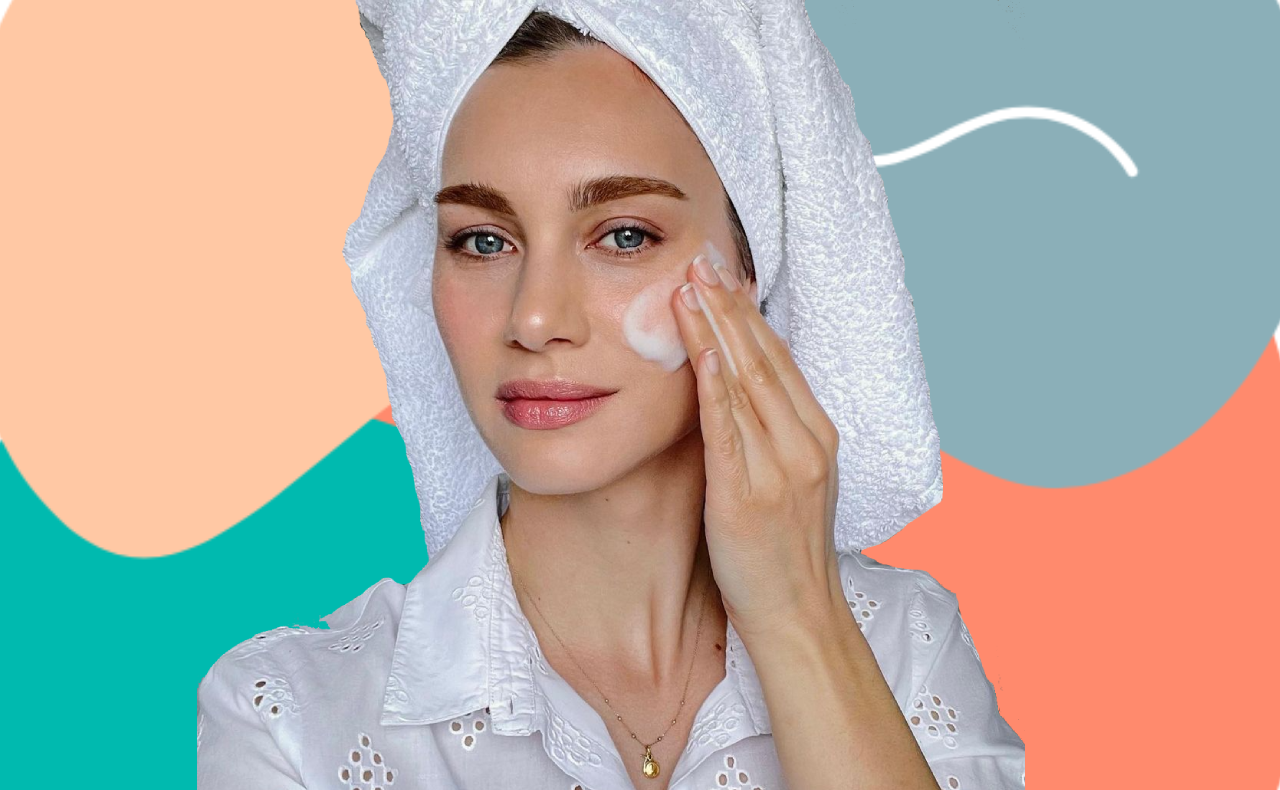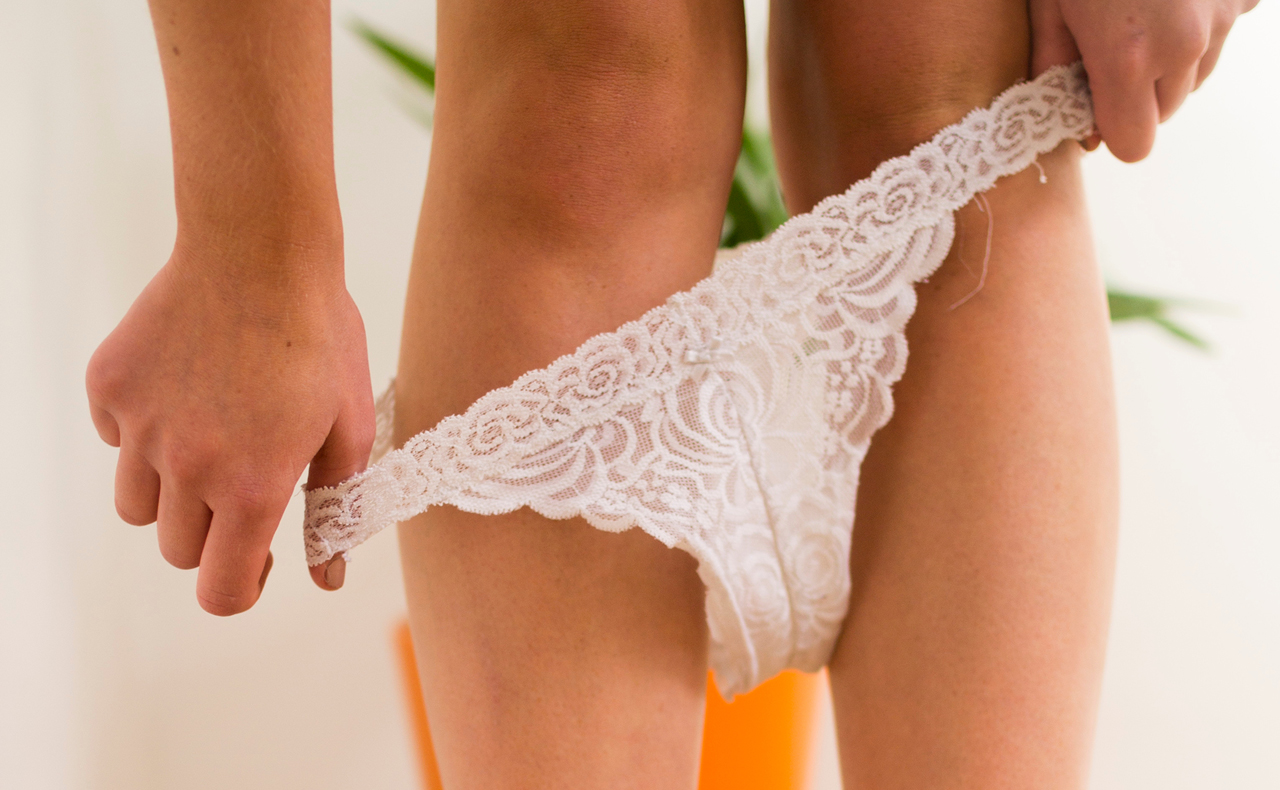Beginning to use anti-ageing skin care products can be quite daunting. There are so many ingredients with long, confusing names, it can be difficult to remember which ones to look out for, let alone what they all do – especially when it seems like there are new discoveries and innovative products hitting the shelves every day.
So to help you navigate your way through the wide world of anti-ageing skin care, here are some of the active anti-ageing ingredients you should definitely be aware of, as well as one spectacular new molecule that combines the benefits of all of them to create one super anti-ageing ingredient.
ALPHA HYDROXY ACID
What it is:
Alpha hydroxy acids (also known as AHAs) are a group of acids derived from fruit and milk sugars. There are five main types of AHAs found in skin care products: glycolic acid, lactic acid, malic acid, citric acid and tartaric acid.
What it does:
AHAs work well as exfoliants and are commonly used in chemical peels and microdermabrasion. They aid in the regrowth of new skin, stimulate the production of collagen and elastin, and help to reduce fine lines and wrinkles, while simultaneously improving the overall texture of the skin.
BETA HYDROXY ACID
What it is:
Beta hydroxy acid (also known as BHA or salicylic acid) is similar to alpha hydroxy, but with one main difference: beta hydroxy is oil-soluble, while alpha hydroxy is water-soluble. This means that beta hydroxy can penetrate pores that contain sebum to effectively remove oil, dead skin cells and unclog the pores.
What it does:
Beta hydroxy works mainly as an exfoliant and is particularly effective on oily skin, or skin prone to whiteheads and blackheads. It also helps to renew the skin and effectively improve the appearance of ageing and rough skin.
COQ10
What it is:
CoQ10, or Coenzyme Q10 if you like to be technical, is an oil-soluble antioxidant, which is naturally produced by the body.
What it does:
As you get older, the amount of CoQ10 naturally found in your cells declines, and as a result the reproduction of cells slows down and your skin barrier function is weakened. By replacing the body’s depleted CoQ10 supply with that found in skin care products, it can help to boost the skin’s repair process, stimulate collagen production, and protect skin against environmental damage and photoageing.
And now allow me to introduce you to…. A-F33
What it is:
A-F33 (Amino-Fill 33) is an anti-ageing ‘miracle molecule’ developed in conjunction by Avon and Neostrata (the same company that developed AHAs.) According to Cosmetic Dermatologist Dr Sam Bunting, the introduction of this modified protein is “potentially one of the most exciting breakthroughs I’ve seen in recent years” and one of the most significant anti-ageing discoveries since AHA and retinol.
What it does:
100 per cent of women who tested A-F33 showed a reduction of fine lines and wrinkles in just two weeks! These amazing results are almost unheard of and explain why dermatologists and skin care experts are so excited about this new ingredient. So why does it get such phenomenal results? The reason being is that A-F33 does everything that all the aforementioned anti-ageing ingredients do – and more. Rather than simply stimulating collagen production A-F33 actually works to deactivate the cells that block new collagen production, which in turn enables more collagen to reach the surface of the skin to produce a firmer and younger looking complexion. This superior new molecule is exclusive to Avon and is a key ingredient in Avon Anew Clinical Line Correctorand Avon Anew Line Correction Eye.
Had you heard of the ingredient A-F33 before? Have you tried the Avon Anew Clinical Line Corrector or the Avon Anew Line Correction Eye?





